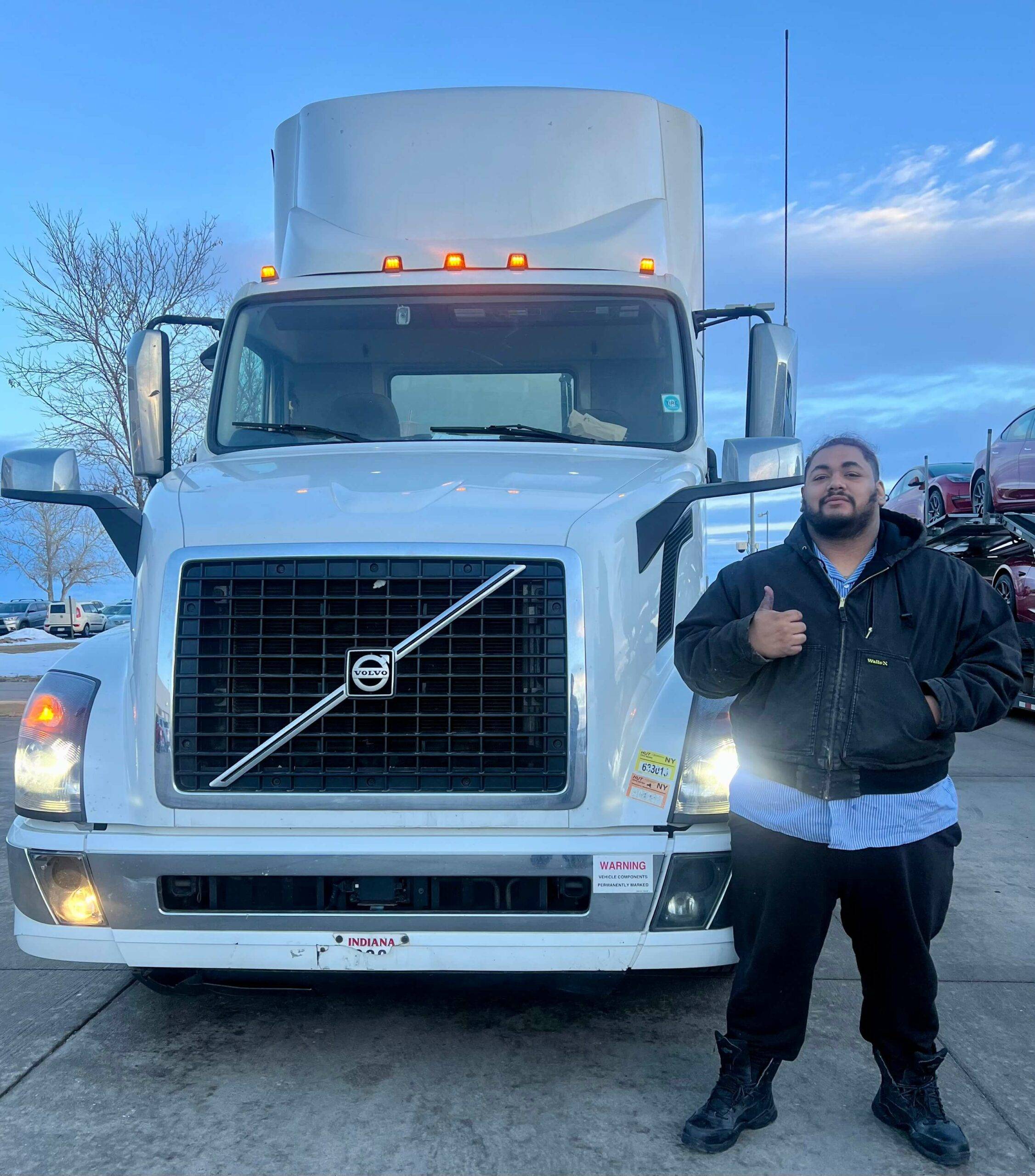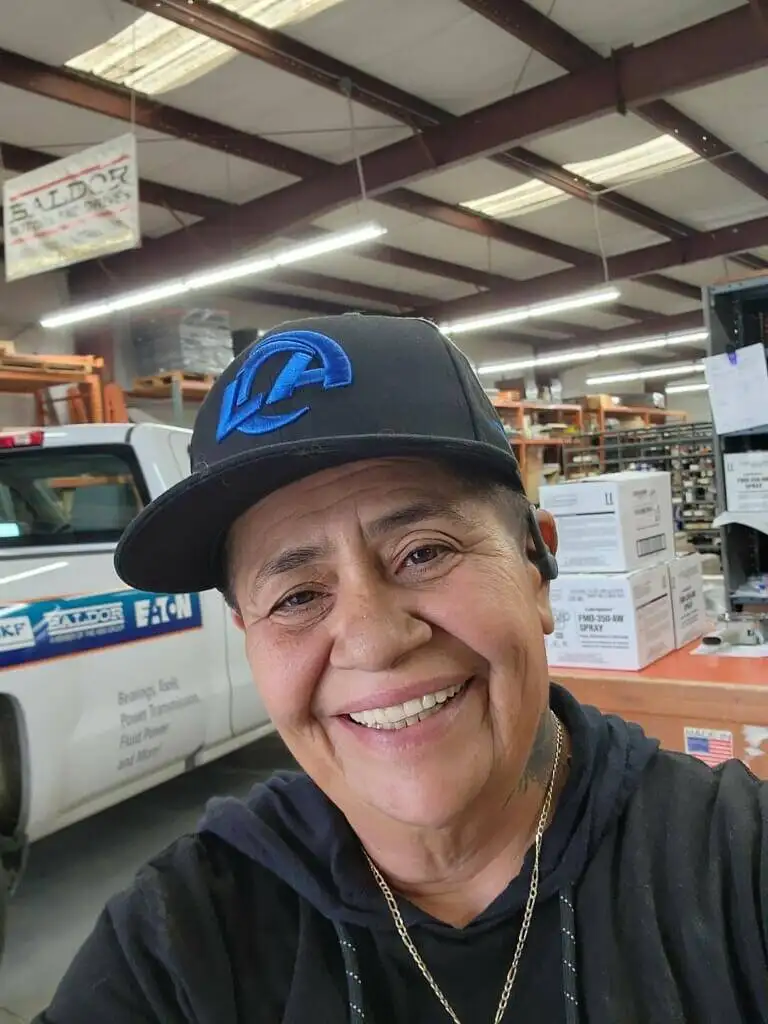
Embarking on a career as a Class A driver in California can seem daunting, especially for those with no prior experience. However, the industry is more accessible than you might think. With the growing demand for truck drivers, many companies are now open to hiring new drivers, providing the necessary training and support to help you succeed. This article explores various aspects of starting a career as a Class A driver in California, offering valuable insights and answering common questions new drivers might have.
Understanding Class A Driver Jobs
Class A driver jobs involve operating large vehicles such as tractor-trailers and semi-trucks, often used for long-haul transportation. These jobs are critical to the supply chain, ensuring goods are transported efficiently across long distances. In California, a state with a bustling economy and extensive transportation network, the demand for Class A drivers is particularly high.
What is a Class A Driver?
A Class A driver is licensed to operate any combination of vehicles with a gross vehicle weight rating (GVWR) of 26,001 pounds or more, provided the GVWR of the vehicle(s) being towed is over 10,000 pounds. This includes tractor-trailers, big rigs, and other heavy-duty trucks. Obtaining a Class A commercial driver’s license (CDL) opens up various job opportunities in the trucking industry.
Training and Certification
To become a Class A driver, obtaining a CDL is essential. This involves meeting specific requirements, undergoing training, and passing exams. Here’s a breakdown of the process:
Steps to Obtain a Class A CDL
-
Meet Eligibility Requirements: In California, you must be at least 18 years old for intrastate driving and 21 for interstate driving. You also need to have a clean driving record and pass a medical examination.
-
Study the CDL Manual: The California CDL manual contains all the information needed to pass the written knowledge test. Topics include general knowledge, air brakes, and combination vehicles.
-
Enroll in a CDL Training Program: While not mandatory, attending a truck driving school can significantly enhance your chances of passing the tests. These programs offer hands-on training and prepare you for the road skills test.
-
Pass the Knowledge Test: The knowledge test covers various topics from the CDL manual. Passing this test grants you a Commercial Learner’s Permit (CLP).
-
Practice Driving: With a CLP, you can practice driving under the supervision of a licensed CDL holder. This practice is crucial for gaining confidence and skills.
-
Pass the Skills Test: The final step is passing the road skills test, which includes pre-trip inspections, basic vehicle control, and on-road driving.
Job Opportunities for New Drivers

Entry-Level Positions
Many companies in California offer entry-level Class A driver jobs specifically designed for new drivers. These positions often come with additional training and mentorship programs to help you get acclimated to the job. Some common entry-level positions include:
- Driver Trainee: Working under the guidance of an experienced driver to learn the ropes.
- Local Delivery Driver: Handling short-distance deliveries, which helps build experience without the pressure of long-haul trips.
- Yard Jockey: Moving trailers within a yard or terminal, providing valuable experience with maneuvering large vehicles.
What Companies Look for in New Drivers
Even without experience, companies look for certain qualities in new drivers, such as:
- Reliability: Showing up on time and being dependable is crucial.
- Safety Consciousness: Adhering to safety protocols and regulations.
- Willingness to Learn: Being open to training and feedback.
Benefits of Starting as a Class A Driver
High Demand and Job Security
The trucking industry is experiencing a significant driver shortage, which means job security for those entering the field. The demand for Class A drivers in California is particularly high due to the state’s extensive trade and commerce activities.
Competitive Pay and Benefits
Even entry-level Class A driver jobs offer competitive pay. Many companies also provide benefits such as health insurance, retirement plans, and bonuses. As you gain experience, your earning potential increases, with opportunities for advancement and specialization.
Travel Opportunities
For those who enjoy travel, being a Class A driver offers the chance to see different parts of the country. Long-haul trucking can take you through various states, providing a unique way to experience the U.S.
Overcoming Challenges
Managing Long Hours
One common challenge for new drivers is managing the long hours on the road. It’s essential to develop strategies for staying alert and managing fatigue. Taking regular breaks, eating healthy, and getting adequate sleep are crucial for maintaining focus.
Adapting to Life on the Road
Adjusting to life on the road can be tough, especially if you’re used to a more stationary lifestyle. It’s important to stay connected with family and friends, maintain a routine, and find ways to enjoy your downtime.
Navigating Traffic and Weather Conditions
Driving a large vehicle in various traffic and weather conditions requires skill and patience. Practice, experience, and remaining calm under pressure will help you navigate these challenges effectively.
Frequently Asked Questions
1. How Long Does It Take to Get a Class A CDL in California?
The time it takes to obtain a Class A CDL varies. If you attend a full-time training program, it can take as little as three to six weeks. Part-time programs might take longer. The total duration depends on how quickly you pass the knowledge and skills tests.
2. Are There Specific Health Requirements for Class A Drivers?
Yes, Class A drivers must pass a Department of Transportation (DOT) medical exam to ensure they are physically fit to operate a commercial vehicle. This includes vision and hearing tests, as well as checks for conditions like diabetes and cardiovascular diseases.
3. Can I Work as a Class A Driver Without Experience?
Absolutely! Many companies hire new drivers and provide additional training and mentorship. Entry-level positions like driver trainee or local delivery driver are excellent starting points.
4. What is the Starting Salary for Class A Drivers in California?
The starting salary for Class A drivers in California varies by company and position but typically ranges from $45,000 to $55,000 per year. With experience, drivers can earn significantly more, especially in specialized or long-haul roles.
Conclusion
Starting a career as a Class A driver in California is a viable option, even for those without prior experience. The process of obtaining a CDL, coupled with the abundance of entry-level job opportunities, makes it an accessible and rewarding career choice. With high demand, competitive pay, and opportunities for growth, becoming a Class A driver can provide a stable and fulfilling career path. By understanding the requirements, preparing adequately, and embracing the challenges, new drivers can successfully navigate their way into the trucking industry and enjoy the benefits it offers.






